Time can certainly pass by rather quick sometimes. The announcement of this dev diary feels like it only happened a few days ago but the two weeks interval between the first official entry and this one has already passed. Unfortunately this feeling is reflected in my development progress too – while I can confidently say that work on the game has resumed I feel like I’ve not been as active as I could’ve been, even considering the usual array of real life obligations and personal struggles getting in the way.
Before I elaborate on my work so far though, I should probably give a quick summary of my game design plans. Some of these plans might seem pretty simple or obvious but it’s good to put them down in writing to give context to my current progress.
At a base level “Vanessa” is a puzzle adventure game with a side-scroller perspective. The player can move left and right in the environment(the screen doesn’t follow the player, instead shifting to the side if the player exists it) and interact with certain objects within it - items that the player can collect in their inventory and static props with which they can interact(whether on their own or through the use of previously collected items). These props make up the main puzzle element of the game. Interaction with the appropriate prop can reward the player with a new item they can use to interact with a another prop (e.g. upon unlocking a drawer the player is rewarded with a key for a door), unlock a new part of the area where the player can find new props to interact with (e.g. unlocking the door allows the player to enter a new room) or even change the interaction a player can have with a completely different prop(e.g. turning on the electricity in the room through a fuse box lets you use a computer in the room that previously couldn’t be turned on). “Vanessa” is split into multiple areas and each area has a number of these props connected together through these interactions. The primary challenge the player is faced with is finding and going through the correct order of interactions, at which point the player is transported to a new area where they take on a new set of puzzles with the challenge increasing as the puzzles become more complex and the number of items in the player’s inventory increases(while some items are removed from the player’s inventory upon use in a puzzle, others can stay and be taken across multiple areas for use in multiple puzzles before they eventually get discarded).
The gameplay is intended to compliment the narrative and atmosphere of the game – while there are horror elements, the mood is supposed to be less immediately tense and more melancholic and subtly oppressive. The player is encouraged to soak in the atmosphere of the areas they find themselves in, pick up on background story/world-building elements and generally focus more on the narrative. While the puzzles are superficially a challenge, they’re not intended to actually be difficult – if they stump a player’s progress, the player’s investment in the world and the story will diminish even if the challenge of the puzzle itself still engages them. They’re essentially connective tissue between different story moments. While ideally each puzzle should add to the atmosphere of the game, that’s obviously not a guarantee as the ups and downs in the game’s plot affect the mood. The story needs to have moments of downtime or even levity to prevent monotonousness and to give appropriate time for either a build-up before a more important narrative moment or a wind-down during which players have time to process said moment after it has happened. The puzzles in these more low-key sections of the game might not actively contribute to the oppressive atmosphere but they should not detract from it either.
The story elements I’ve been alluding to up to this point are game’s real primary focus. For all intents and purposes they’re basically cutscenes - they range in complexity from a single quick dialogue between characters to entire animation sequences. Some of them are even made to resemble puzzle sections – the player is still free to move around, interact with props and find new items but the “puzzles” are much simpler and shorter and immediately lead into more animated sequences or dialogue. “Vanessa” could thus also be described as an environmental narrative game/”walking simulator”. I’ll comment more on the storytelling of the game in another dev diary entry but for now I’ll say that since this is a psychological thriller narrative that’s focused on one character’s emotional state, dialogue between them and other characters is going to be one of the main ways that the story progresses.
With all that said, here’s what the game actually consists of so far: The demo of the game has 2 areas. The first area is shorter and is more akin to the pseudo-puzzle sections I described in the previous paragraph. It’s intended to introduce players to the game’s controls so instead of having to figure out puzzles the player is given direct instructions by different characters who teach the player different mechanics such as collecting, using and combining items, interacting with things in the environment, etc. The second area is longer and is a more proper puzzle area, though it starts out quite simple as well. The average runtime of the demo is between half an hour and a full hour – I can personally beat the demo in about 20 minutes (by skipping all the dialogue and taking every possible shortcut, including some secret ones) while all my playtesters and the one gameplay video that has been done of the demo have all taken almost an hour to reach the end. The full game is supposed to have at least 4 more puzzle areas as well as a couple of smaller sub-areas that are a few screens big at most. If we also account for the steadily rising difficulty of the game(especially compared to how simple the first area is), the total runtime will be at least 3 hours and may go up to 4 hours, possibly even surpassing that.
All of the game’s systems are in place – UI elements, movement mechanics, item and inventory system and the event system through which cutscenes and dialogue are delivered to the player. A number of sprites have been created for multiple areas, some with multiple different variations. The music in the first 2 sections(the ones featured in the demo) is locked in and there’s multiple other tracks I’ve made that are ready to be used throughout the rest of the game. And as for the script… this part is harder to brag about.
The biggest hurdle for this project so far has been the scripting of the game, both in the sense of writing the actual script and recreating all the separate scenes that are described in said script into actual events in the game. The second of these hurdles is eventually going to be dealt with through attrition – it’s a slow process and things often tend to break but as long as I have a script that can give me a goal to aim towards, I’ll eventually figure things out.
The real issue of course is that dang script. Generally speaking I know the broad strokes of the game’s plot and I have multiple scenes figured out in theory but very little of that is actually written down, much less locked in. It’s a bit more now than it was two weeks ago when I came back to this project but my progress is still too underwhelming for my personal liking. This issue dramatically worsens the second issue I also mentioned – without a script to work with I can’t start plotting out any of the puzzles or cutscenes. Hell, I can’t even really start putting together the areas.
Over the last two weeks I have identified two main reasons for my struggles with scriptwriting(four if you count real life obligations and lack of motivation/procrastination) – I prefer to write in chronological order which means I’m currently stuck on a section that I haven’t figured out as well as others further on; and the tone I’m aiming for is pretty specific and hard to nail down – just the script for the demo has went through multiple revisions as I was working on it and that section of the game is a lot less atmospheric than what I envision the rest of the game becoming. While there isn’t much that can be done about the second issue besides just keeping at it, I have a plan for that first one - for next two weeks I plan to try skipping straight to the parts I have figured out and writing them down. I’ll report on how effective that ends up being in my next blog entry. Undoubtedly a lot of that material will still need to go through rewrites to refine the tone further or to connect it better to whatever section of the game comes before or after but it’s better to have something rather than nothing.
With that said, there’s still been some progress made on other aspects of the game, more specifically with sprite work. There’s been some modest additions to the game’s sprite sheet as well as a proper start to what I hope will eventually become a fully fledges set of options to allow players to rebind all the buttons in the game.
In the next couple of dev diary entries I plan on talking about different aspects of the game that have already been set in stone such as elaborating on the gameplay loop, talking about the visual and sound design and so on. I just hope I’ll also have good news on the progress I’ve been making with the script.
(By the way, thanks to whoever has taken the time to read either of my dev diary entries so far. If you have any questions or comments on any matter regarding my project, I’m always happy to reply.)

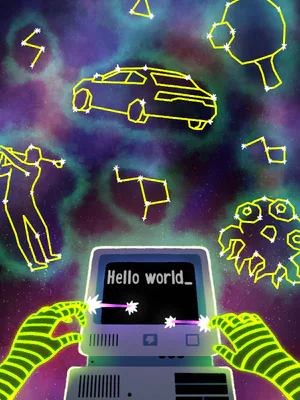
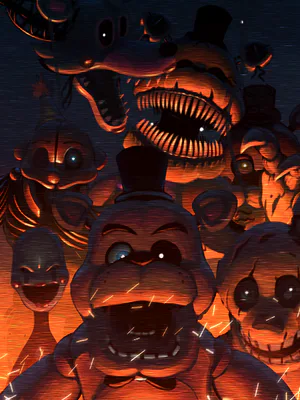

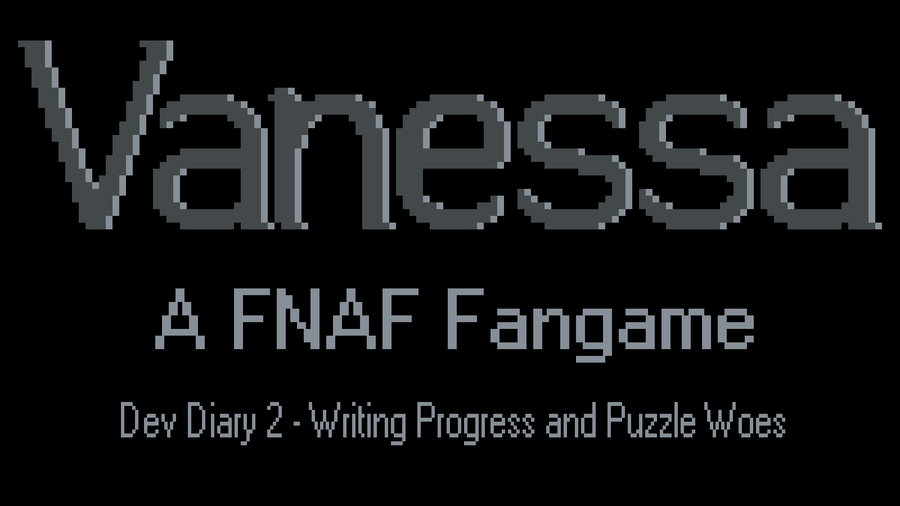
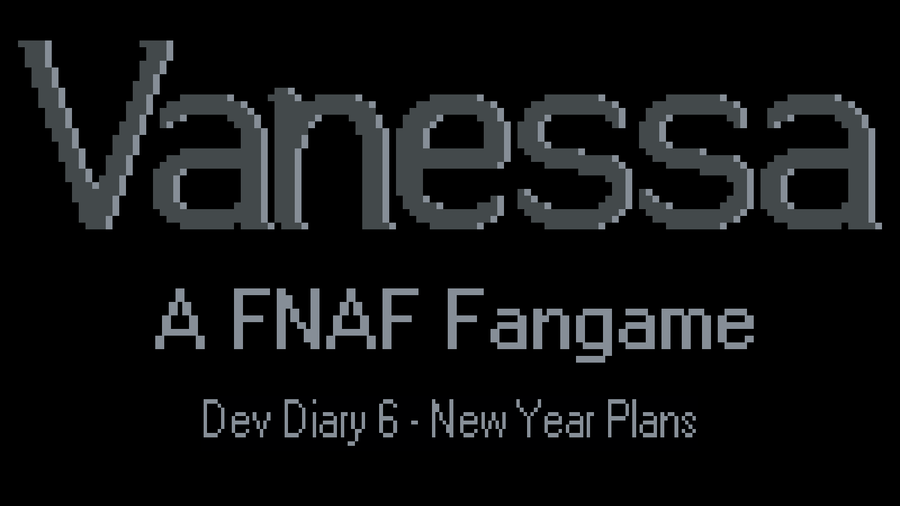
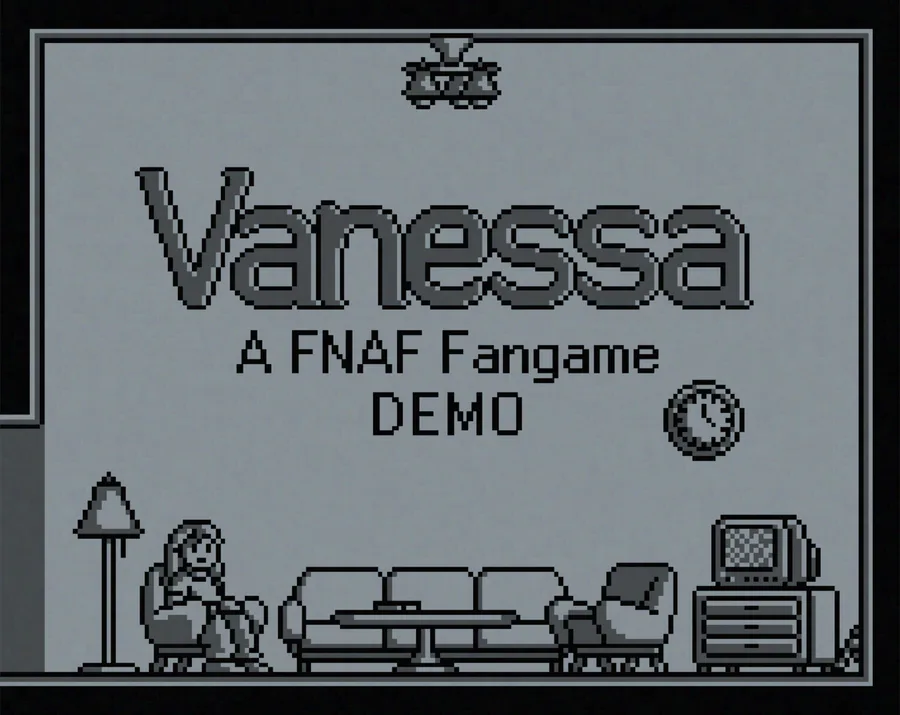
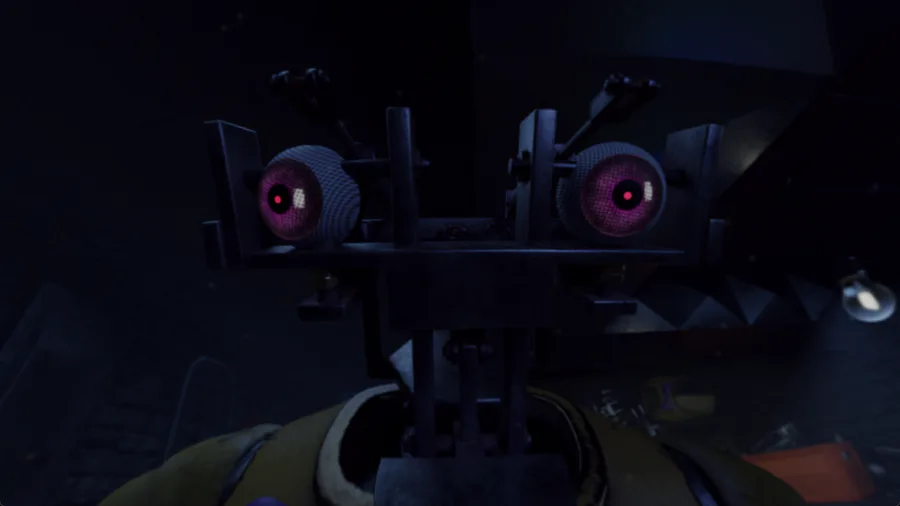
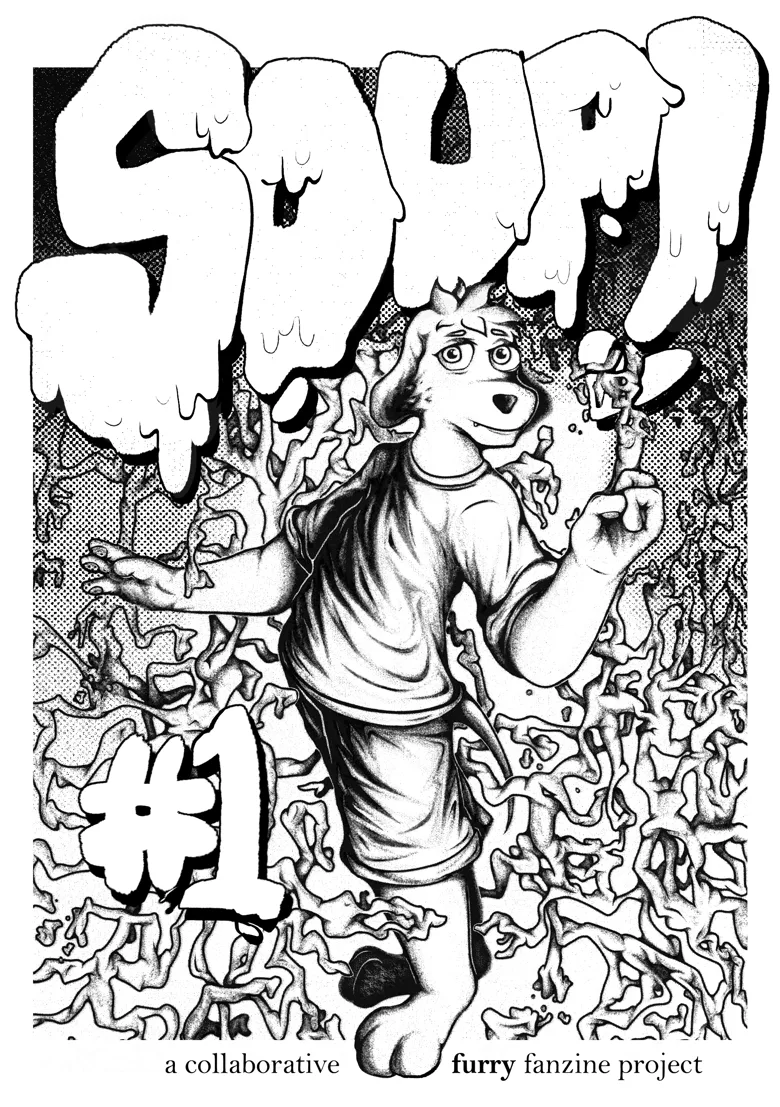
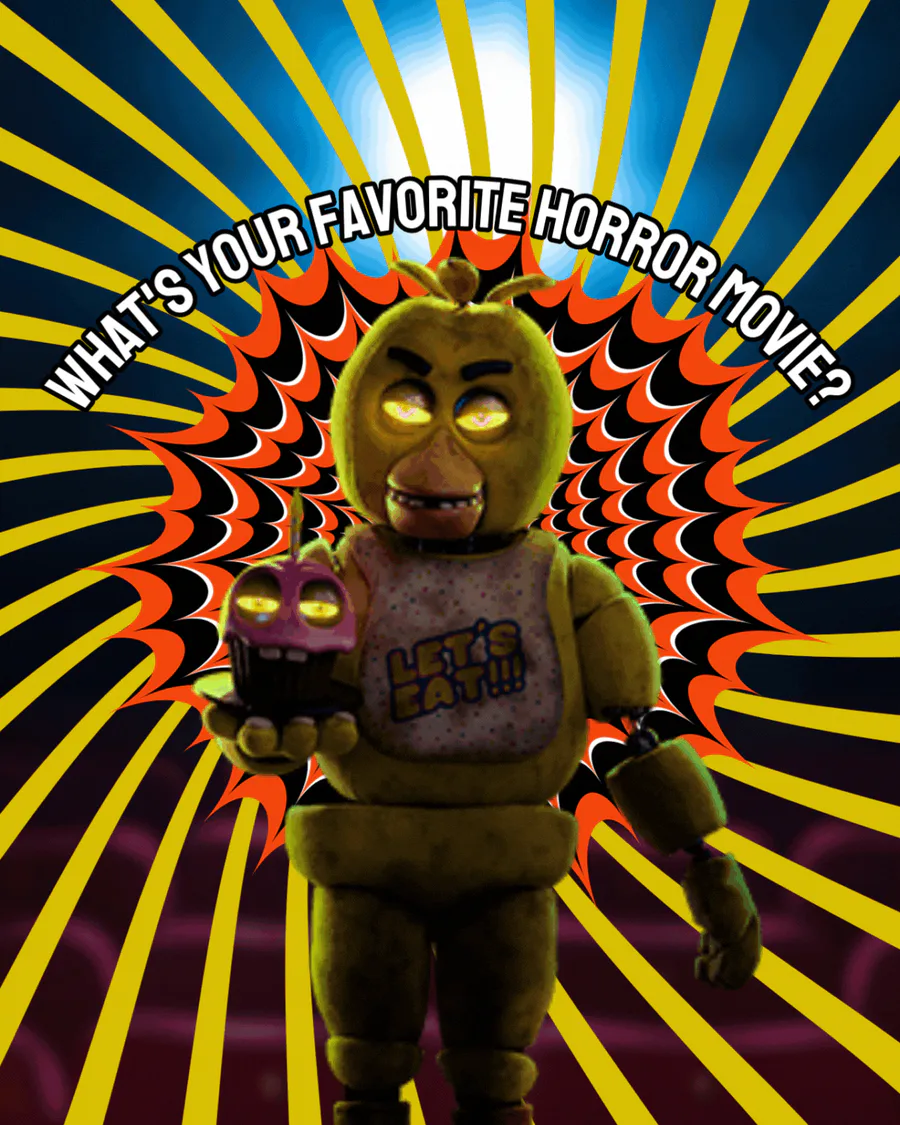
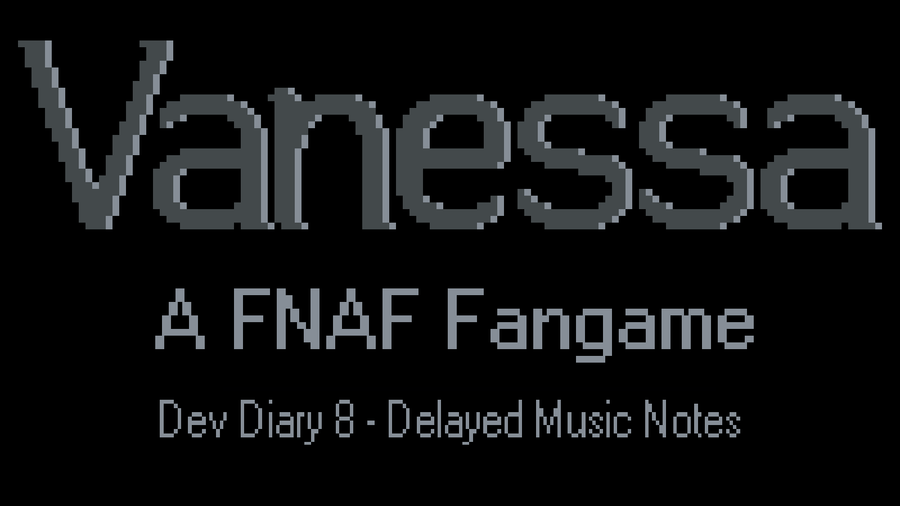
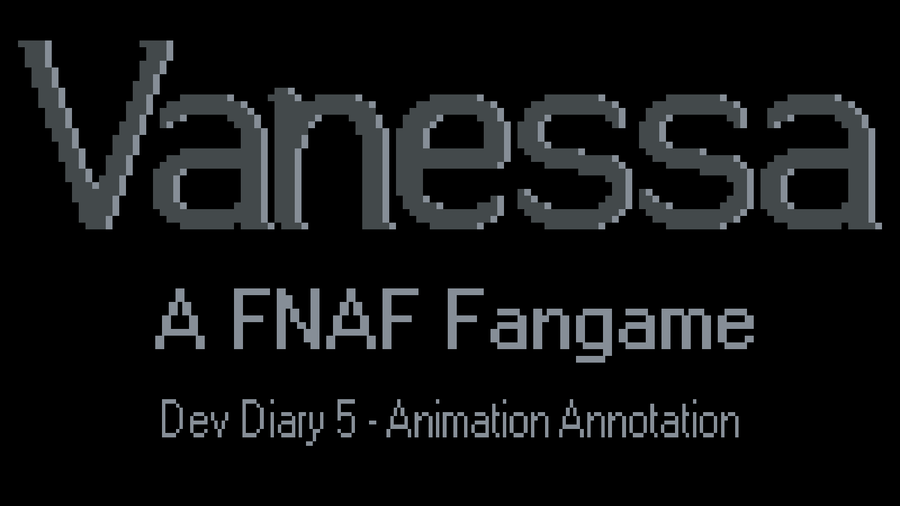
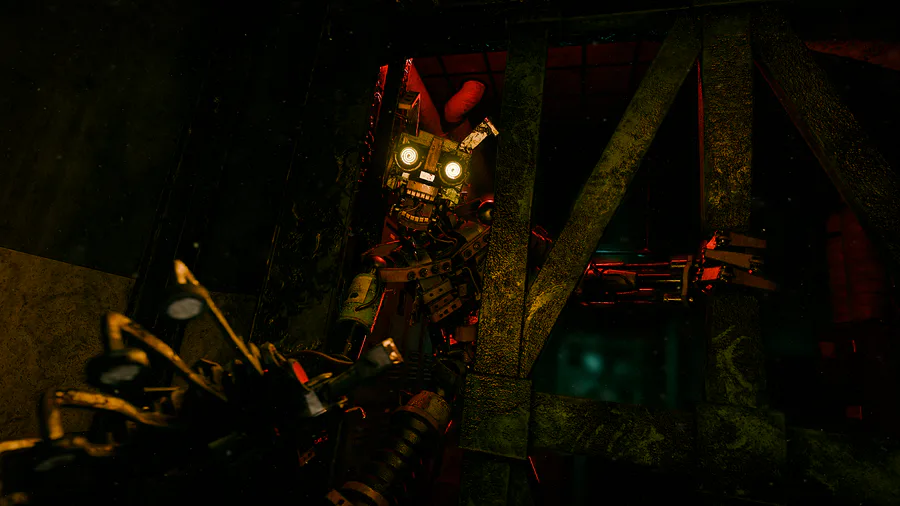

0 comments